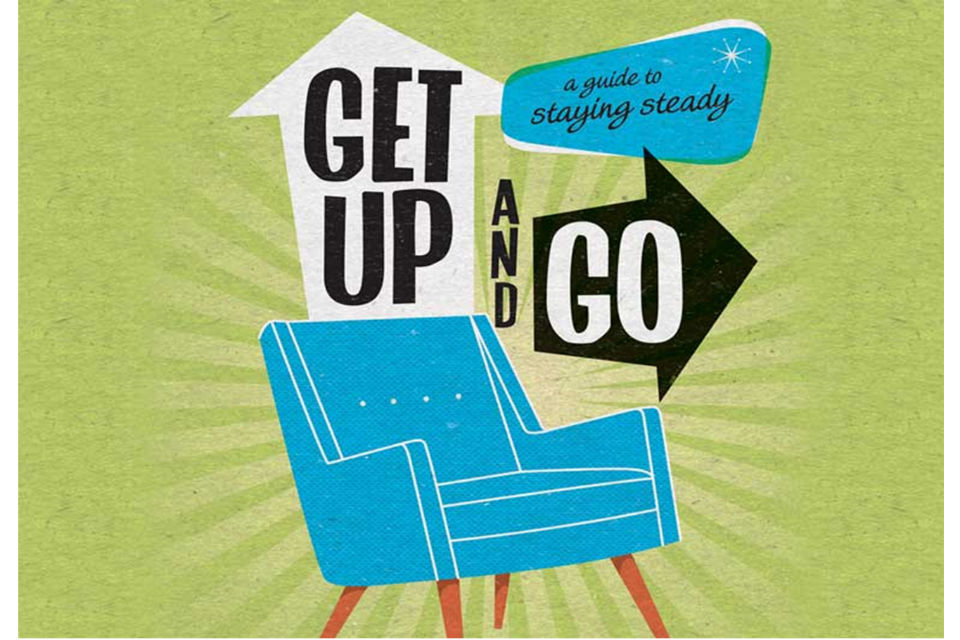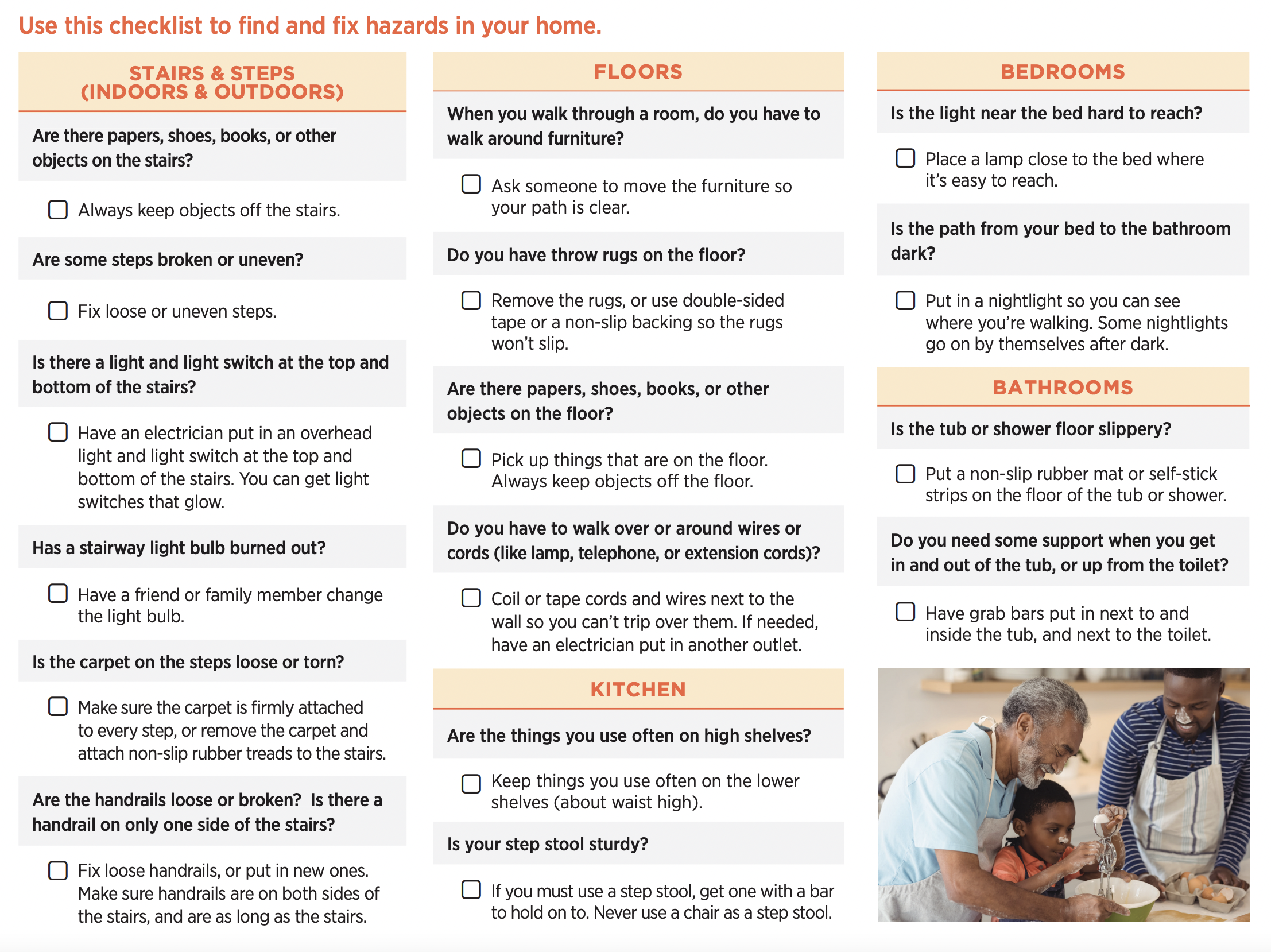More About Dementia Fall Risk
More About Dementia Fall Risk
Blog Article
Not known Details About Dementia Fall Risk
Table of ContentsThe Single Strategy To Use For Dementia Fall RiskSome Ideas on Dementia Fall Risk You Need To KnowFascination About Dementia Fall RiskDementia Fall Risk Can Be Fun For Anyone
A fall danger evaluation checks to see just how most likely it is that you will certainly fall. It is mostly done for older adults. The analysis normally includes: This includes a series of concerns regarding your overall health and wellness and if you've had previous drops or issues with balance, standing, and/or strolling. These tools test your toughness, equilibrium, and gait (the way you stroll).Interventions are suggestions that might lower your danger of falling. STEADI includes three actions: you for your threat of falling for your danger elements that can be improved to attempt to avoid falls (for instance, balance issues, impaired vision) to minimize your danger of dropping by utilizing efficient methods (for example, supplying education and learning and resources), you may be asked several inquiries including: Have you dropped in the previous year? Are you worried regarding dropping?
After that you'll sit down once again. Your supplier will check for how long it takes you to do this. If it takes you 12 secs or more, it may imply you go to greater threat for a fall. This examination checks stamina and equilibrium. You'll rest in a chair with your arms crossed over your chest.
The positions will obtain harder as you go. Stand with your feet side-by-side. Relocate one foot midway onward, so the instep is touching the big toe of your other foot. Relocate one foot completely in front of the other, so the toes are touching the heel of your various other foot.
The Of Dementia Fall Risk
Most drops occur as an outcome of several adding variables; for that reason, managing the threat of falling begins with determining the variables that add to drop danger - Dementia Fall Risk. Some of one of the most appropriate risk elements consist of: History of prior fallsChronic medical conditionsAcute illnessImpaired gait and balance, reduced extremity weaknessCognitive impairmentChanges in visionCertain risky medicines and polypharmacyEnvironmental aspects can additionally increase the threat for falls, including: Poor lightingUneven or damaged flooringWet or unsafe floorsMissing or harmed handrails and get hold of barsDamaged or improperly fitted tools, such as beds, mobility devices, or walkersImproper use assistive devicesInadequate supervision of individuals living in the NF, including those who exhibit aggressive behaviorsA successful loss risk monitoring program requires an extensive clinical analysis, with input from all participants of the interdisciplinary group

The care plan ought to likewise consist of interventions that are system-based, such as those that promote a safe atmosphere (appropriate lighting, handrails, order bars, and so on). The efficiency of the treatments should be evaluated periodically, and the care strategy revised as essential to show changes in the autumn risk analysis. Applying a loss danger management system using evidence-based best method can lower the occurrence of falls in the NF, while restricting the potential for fall-related injuries.
A Biased View of Dementia Fall Risk
The AGS/BGS guideline advises evaluating all adults aged 65 years and older for fall danger yearly. This screening is composed of asking patients whether they have dropped 2 or more times in the past year or looked for medical focus for a fall, or, if they have not dropped, whether they feel unstable when walking.
Individuals that have dropped as soon as without injury must have their equilibrium and stride evaluated; those with gait or balance irregularities must receive additional evaluation. A background of 1 loss without injury and without stride or balance issues does not call for additional analysis past ongoing yearly autumn threat screening. Dementia Fall Risk. A fall danger assessment is called for as component of the Welcome to Medicare evaluation

Some Known Details About Dementia Fall Risk
Recording a drops background is one of the high quality signs for fall prevention and administration. Psychoactive medicines in particular are independent forecasters of drops.
Postural hypotension can often be reduced by reducing the dosage of blood pressurelowering medicines and/or quiting medicines that have orthostatic hypotension as an adverse effects. Use above-the-knee support hose pipe and copulating the head of the bed boosted might likewise decrease postural reductions in high blood pressure. The recommended elements of a fall-focused physical exam are informative post displayed in click this link Box 1.

A yank time more than or equal to 12 seconds recommends high autumn threat. The 30-Second Chair Stand test evaluates lower extremity toughness and balance. Being incapable to stand up from a chair of knee height without utilizing one's arms shows increased loss risk. The 4-Stage Balance test assesses fixed balance by having the person stand in 4 placements, each considerably more difficult.
Report this page